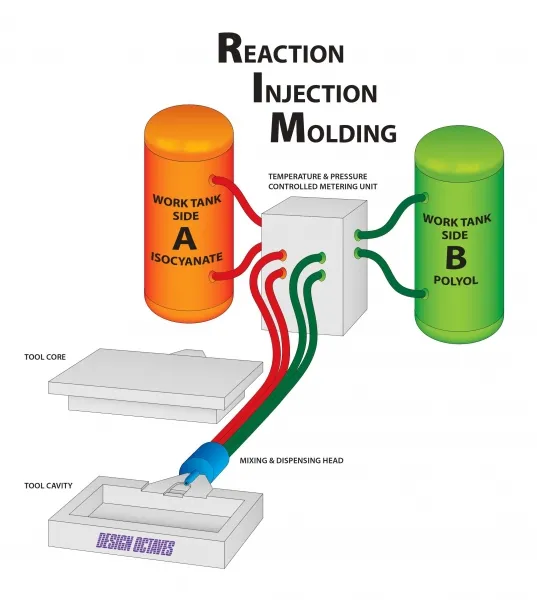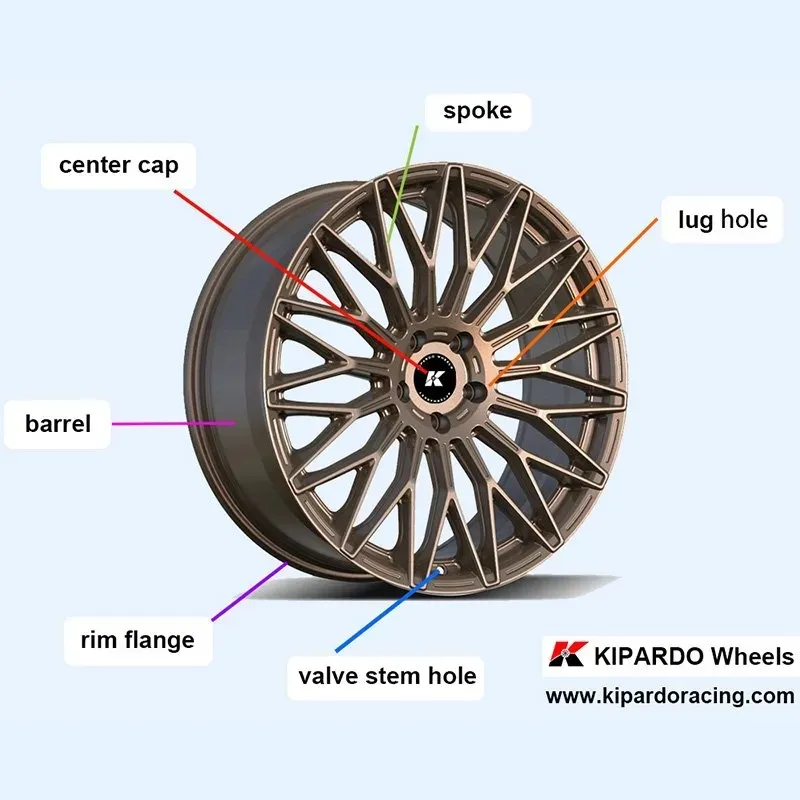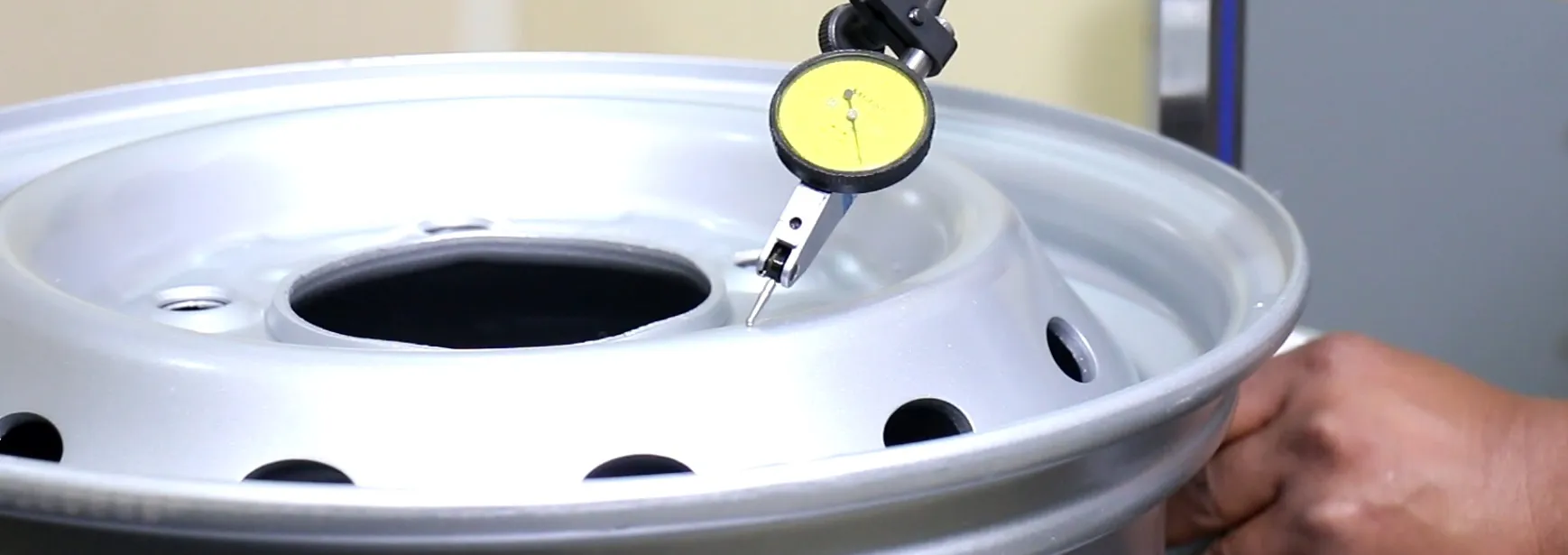Reaction Injection Molding Company - Innovation in Polymer Manufacturing
Reaction Injection Molding (RIM) companies are at the forefront of modern manufacturing, offering innovative solutions for producing high-quality, durable, and complex polymer parts. These companies specialize in a unique process that involves injecting reactive liquid components into a mold where they chemically react and cure to form solid parts. This technology is widely used across various industries, including automotive, aerospace, medical, and consumer goods, due to its versatility, efficiency, and cost-effectiveness.
 Diagram illustrating the Reaction Injection Molding (RIM) process, showing the mixing head, mold, and injection phases.
Diagram illustrating the Reaction Injection Molding (RIM) process, showing the mixing head, mold, and injection phases.
The RIM Process: How It Works
The Reaction Injection Molding process involves several critical steps that ensure the production of consistent and high-quality parts. The process begins with the preparation of two liquid components—typically a polyol and an isocyanate—which are stored in separate tanks. These components are then metered in precise ratios into a mixing head where they are thoroughly blended. The mixed liquid is injected into a closed mold under low pressure, where it undergoes a chemical reaction, expanding and curing to form the final part. The low pressure allows for the use of lightweight and cost-effective molds, making RIM an attractive option for both prototyping and large-scale production.
Key Advantages of RIM Technology
RIM offers numerous benefits that make it a preferred choice for many manufacturing applications. One of the primary advantages is the ability to produce large, complex, and lightweight parts with excellent structural integrity. The process also allows for significant design flexibility, enabling the integration of ribs, bosses, and other features directly into the part. Additionally, RIM parts exhibit superior impact resistance, thermal insulation, and dimensional stability. The low-pressure injection reduces wear and tear on molds, extending their lifespan and reducing maintenance costs.
 Various automotive and medical parts produced using Reaction Injection Molding, showcasing complexity and finish.
Various automotive and medical parts produced using Reaction Injection Molding, showcasing complexity and finish.
Applications of RIM in Various Industries
RIM companies serve a diverse range of industries by providing customized solutions that meet specific requirements. In the automotive sector, RIM is used to manufacture bumpers, fenders, and interior panels due to its ability to produce lightweight and impact-resistant components. The aerospace industry leverages RIM for creating durable and heat-resistant parts. In the medical field, RIM is employed to produce sterile and biocompatible devices. Consumer goods, such as electronic enclosures and furniture, also benefit from the aesthetic and functional qualities of RIM parts.
Comparison of RIM with Other Molding Processes
To better understand the unique position of RIM in manufacturing, it is helpful to compare it with other common molding processes like injection molding and thermoforming. The following table highlights key differences:
| Process | Pressure | Mold Cost | Part Size | Material Options |
|---|---|---|---|---|
| Reaction Injection Molding (RIM) | Low | Low to Moderate | Large | Polyurethanes, Nylons |
| Injection Molding | High | High | Small to Medium | Thermoplastics |
| Thermoforming | Low | Low | Large | Thermoplastics |
Choosing a Reaction Injection Molding Company
Selecting the right RIM company is crucial for achieving desired outcomes in terms of quality, cost, and timelines. Key factors to consider include the company's experience and expertise in RIM technology, their capacity for prototyping and production, and their ability to provide design assistance. It is also important to evaluate their quality control processes, certifications, and commitment to sustainability. A reputable RIM company will offer comprehensive services from initial design to final production, ensuring a seamless and efficient manufacturing journey.
 Quality control technicians inspecting RIM parts for defects and consistency.
Quality control technicians inspecting RIM parts for defects and consistency.
Future Trends in RIM Technology
The future of Reaction Injection Molding is shaped by advancements in materials, automation, and sustainability. New formulations of polymers are being developed to enhance properties such as biodegradability and recyclability. Automation in the RIM process is increasing precision and reducing labor costs. Additionally, there is a growing emphasis on reducing the environmental impact of manufacturing through energy-efficient processes and the use of eco-friendly materials. These trends are poised to expand the applications and capabilities of RIM companies even further.
In conclusion, Reaction Injection Molding companies play a vital role in modern manufacturing by offering a versatile and efficient method for producing high-quality polymer parts. Their expertise and innovation continue to drive progress across multiple industries, making RIM an indispensable technology for the future.

